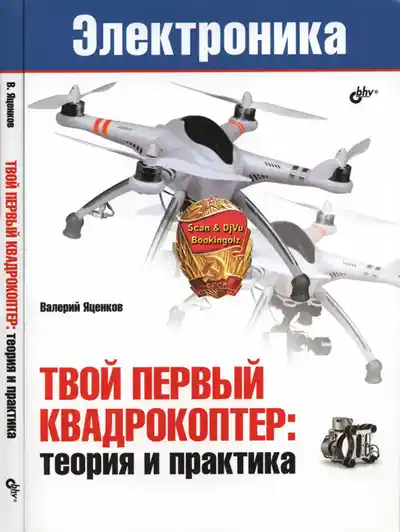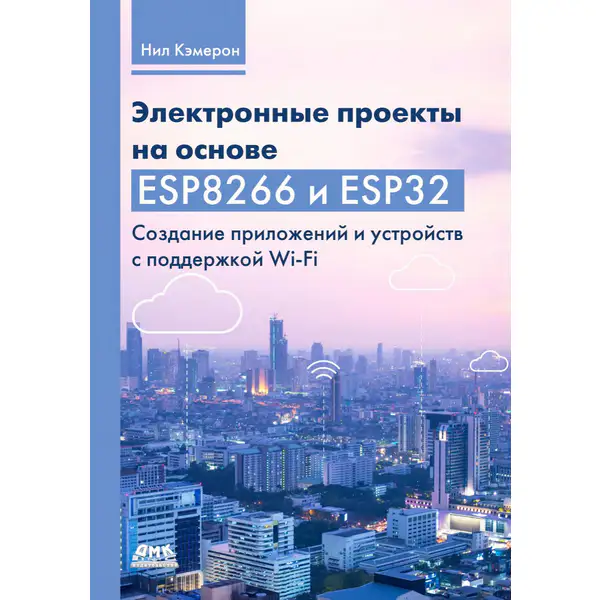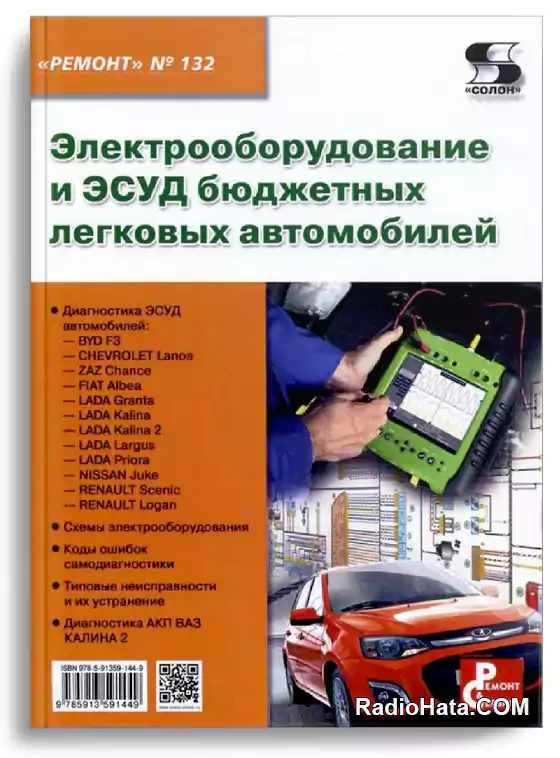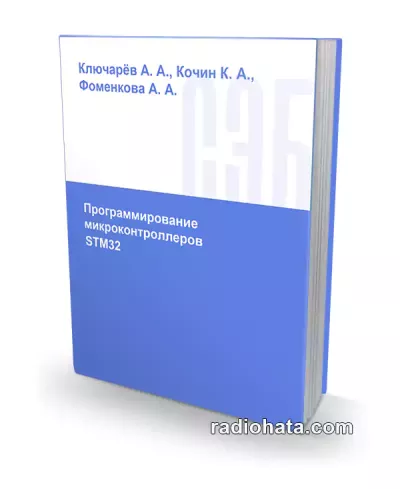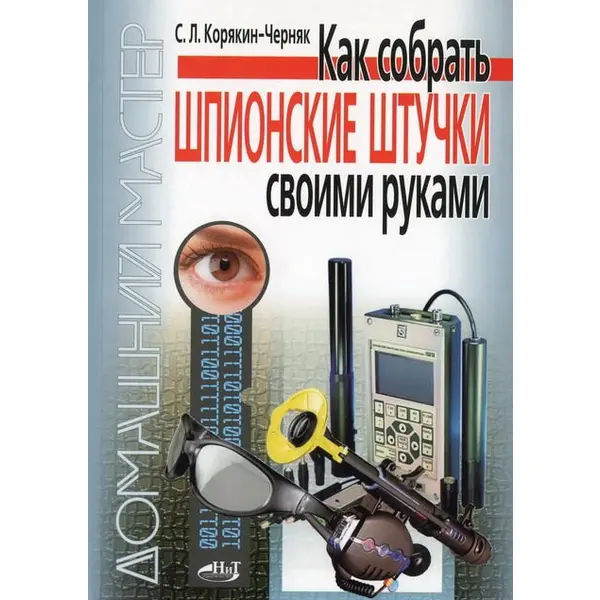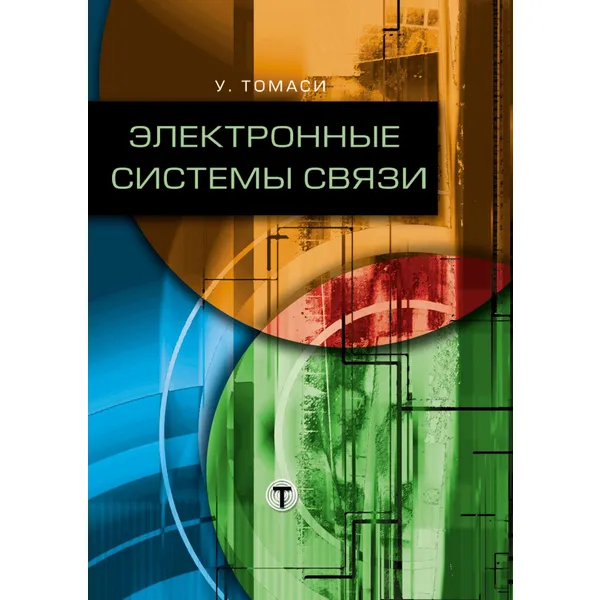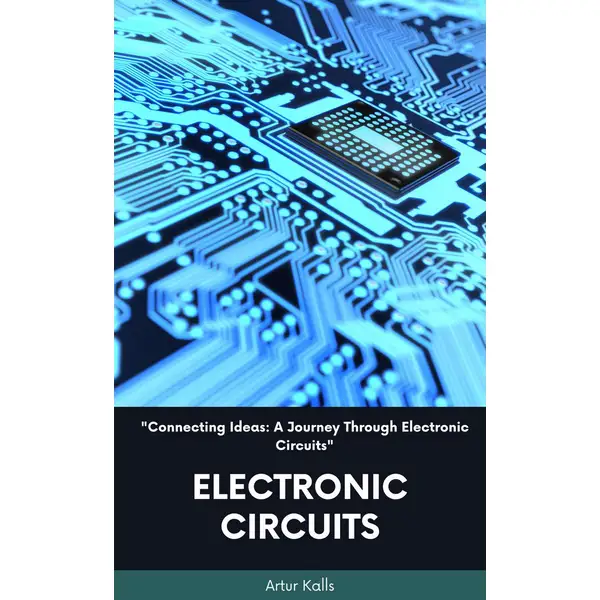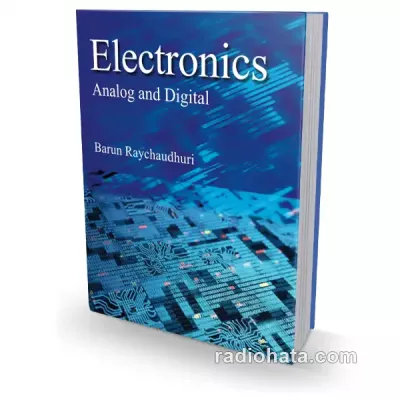Популярное
Basic Electronics (2025)
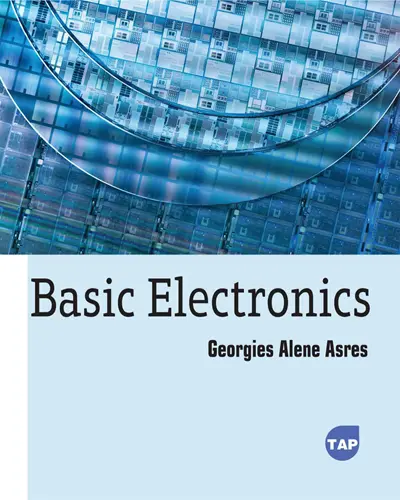
Basic Electronics | Georgies Alene Asres
English | 2025 | True PDF | 404 pages | 10.1 MB
This book aims to introduce students to the core principles and applications of electronic devices and circuits. Covering topics such as semiconductor physics, diodes, transistors, operational amplifiers, and digital electronics, the book provides a solid grounding in both analog and digital electronics. Through detailed explanations and practical exercises, it prepares students for advanced studies and careers in electronic engineering and related fields.
This book is a comprehensive guide to understanding the essential concepts and components that form the foundation of electronics. Spanning ten chapters, it systematically covers the critical aspects of the field, providing readers with a solid grasp of both theoretical principles and practical applications.
Chapter 1 begins with an in-depth exploration of semiconductors, the backbone of modern electronics. This chapter introduces the basic properties of semiconductors, differentiating them from conductors and insulators. It explains concepts such as energy bands, charge carriers (electrons and holes), and intrinsic and extrinsic semiconductors, setting the stage for understanding more complex devices. Building on the knowledge of semiconductors,
Chapter 2 covers diodes, one of the simplest yet most essential semiconductor devices. The chapter covers the principles of diode operation, including the p-n junction, forward and reverse bias, and the various types of diodes like Zener diodes and light-emitting diodes (LEDs). Practical applications of diodes in rectification and signal modulation are also discussed.
Chapter 3 focuses on Bipolar Junction Transistors (BJTs), explaining their structure, operation, and characteristics. This chapter details the different configurations (common base, common emitter, and common collector) and their respective applications in amplification and switching.
Chapter 4 shifts the focus to Field Effect Transistors (FETs), including both Junction FETs (JFETs) and Metal-Oxide-Semiconductor FETs (MOSFETs). It covers their construction, working principles, and the distinctions between them. The chapter also highlights their significance in integrated circuits and digital electronics.
In Chapter 5, readers are introduced to a variety of special semiconductor devices such as thyristors, TRIACs, and Varactors. Each device is discussed in terms of its unique properties, functions, and applications in electronics, including power control and frequency tuning.
Chapter 6 explores the concept of feedback in amplifiers, a crucial technique for enhancing performance and stability. It explains positive and negative feedback, their effects on gain and bandwidth, and practical feedback amplifier circuits.
Chapter 7 provides insight into the fabrication of electronic circuits. It covers the processes involved in creating integrated circuits (ICs), including photolithography, doping, and etching, as well as the materials and technologies used in modern electronics manufacturing.
Operational amplifiers (op-amps) are the focus of Chapter 8. This chapter details their characteristics, configurations (inverting and non-inverting), and applications in analog signal processing, such as filtering, amplification, and mathematical operations.
Chapter 9 discusses oscillators, circuits that generate periodic waveforms. It explains the principles behind various types of oscillators, including RC, LC, and crystal oscillators, and their applications in clocks, radios, and signal generators.
Chapter 10 transitions from analog to digital electronics, covering the fundamental principles of digital logic, binary systems, and Boolean algebra. It introduces basic digital components like logic gates, flip-flops, counters, and their role in digital systems and microprocessors.
Audience:
The readers of this book is individuals with little to no prior knowledge of electronics who are interested in learning about the fundamental principles and components of electronic circuits. This book serves as a beginner’s guide, providing clear explanations and examples to help readers grasp key concepts such as voltage, current, resistance, and circuit analysis. Whether you are a hobbyist looking to understand how electronic devices work or a student seeking to build a foundation in electronics, this book aims to make the complex world of electronics accessible and engaging.
Download Basic Electronics (2025)
Похожие новости
Информация
Посетители, находящиеся в группе Гости, не могут оставлять комментарии к данной публикации.
-
Зарубежные журналы
-
Радиотехнические журналы
-
Книги
